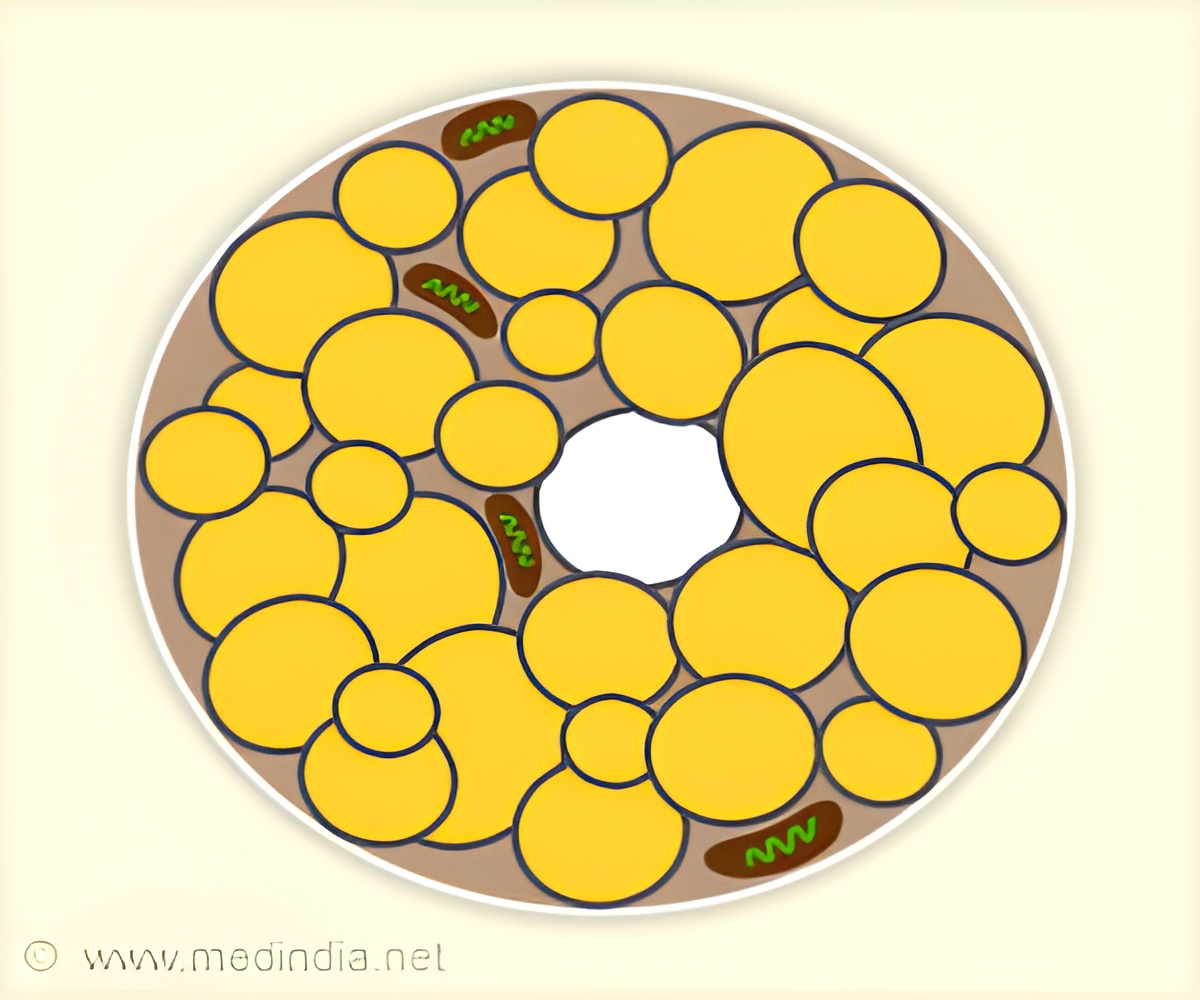
‘Researchers have developed a comprehensive approach to treat obesity by converting white fat into brown fat tissues which can burn calories more rapidly.
’
Tweet it Now
This technique uses fat-grafting procedures commonly performed by plastic surgeons, in which fat is harvested from under the skin and then retransplanted into the same patient for cosmetic or reconstructive purposes. The researchers report that they successfully converted harvested white fat to brown fat in the lab for potential use as a therapy.Other methods to increase brown fat include chronic cold exposure, which is uncomfortable for most people, and pharmaceuticals that can cause side effects by targeting other organs.
"Our approach to increasing brown fat is potentially safer than drugs because the only thing going into patients is their tissue, and it's highly controllable because we can tune the amount of brown fat we inject," says Sia. "The process is also so simple that it could be potentially performed using an automated system within a doctor's office or clinic."
The team converted white fat to brown fat by culturing tissue fragments in media containing growth factors and other endogenous browning factors for one to three weeks to stimulate the "browning" process.
They assessed the browning of the white fat by measuring levels of several brown fat biomarkers, including mitochondrial activity and the brown fat protein marker UCP1. In one of the study's experiments, they discovered that subcutaneous white fat in mice could be directly converted to brown fat outside the body, and that the brown fat both survived and remained stable after injection into the same mouse for a long period (two months in this experiment).
Advertisement
"Even though we could repeat the procedure several times if we needed to since it's minimally invasive, it is critical that the brown fat survives well and remains stable so that it can function as an effective therapy."
Advertisement
The researchers note that, while the mice on a high-fat diet treated with directly converted brown fat in the experiment did not show statistically significant weight loss versus a control group treated with unconverted white fat, the study demonstrates a simple and scalable tissue-grafting strategy that increases endogenous brown fat.
"This is an exciting advance toward engineered brown adipose tissue in clinical applications if it is proven to be safe and effective in humans," says Li Qiang, assistant professor in pathology and cell biology at Columbia University Medical Center who was not involved with this study. An expert in the pathophysiology of diabetes and obesity, Qiang documented the mechanism that promotes the "browning" of white adipose tissue.
The researchers are now refining their techniques and dosages and running further studies on the impact of their methods on metabolism and weight regulation. "There is a clear need to explore new weight-loss approaches with the potential for low rates of complications and long-term efficacy," Sia adds.
"The ability to culture large quantities of tissue at once while retaining its 3D vascular structure is advantageous and holds promise as a potential approach in clinical weight management."
Source-Eurekalert















